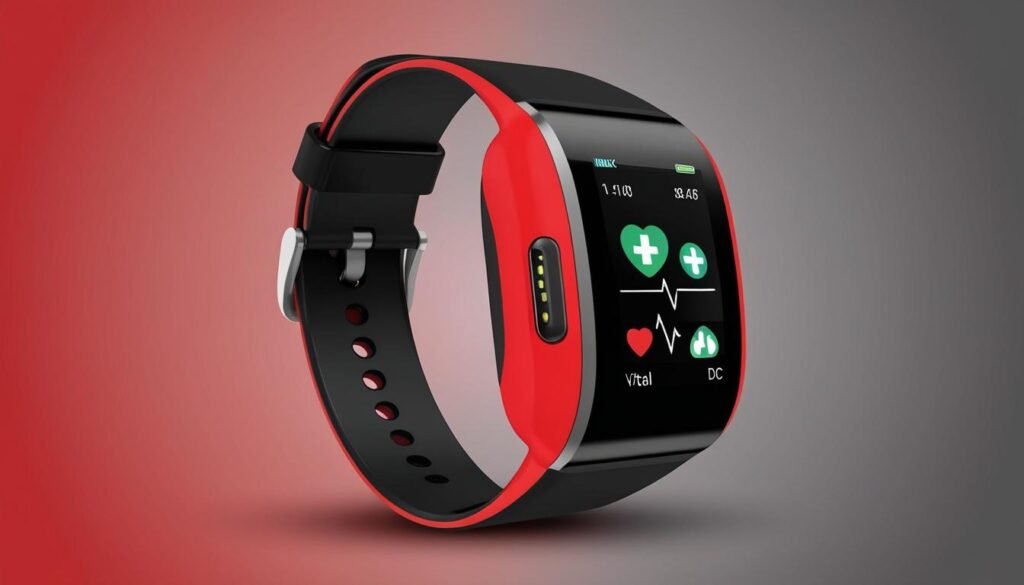Recent advancements such as telemedicine, AI, and wearable devices are transforming patient care and improving operational efficiency in the medical field.
Recent advancements in technology are significantly transforming the landscape of the medical field, influencing various facets of patient care and administrative processes. These innovations, including telemedicine, artificial intelligence (AI), and wearable devices, are enhancing operational efficiency and improving patient outcomes in ways that were once considered unattainable.
One of the most significant developments is the implementation of streamlined healthcare documentation systems. These digital solutions have revolutionised how healthcare providers manage patient records, fostering an environment where data can be stored, retrieved, and updated with both accuracy and speed. This transition away from paper-based record-keeping mitigates errors and enhances the overall efficiency of medical practices. Such systems are particularly beneficial in complex areas such as oncology, where precision in managing medical billing and insurance claims is critical. By automating repetitive tasks, healthcare professionals are afforded more time to concentrate on direct patient care, ultimately leading to improved service delivery.
The integration of AI in diagnostics is further exemplifying the synergy between technology and healthcare. AI’s capability to analyse vast amounts of data expedites the identification of patterns that might elude human observation. Advanced algorithms are currently being employed to evaluate medical scans like MRI and X-ray images, enabling quicker and more accurate diagnoses. This not only hastens patient treatment protocols but also promotes early intervention, potentially enhancing recovery outcomes. AI is proving to be an instrumental ally in the medical sector, facilitating reliable tools for predicting health risks and diagnosing rare conditions more effectively.
Another pivotal trend is the rise of telemedicine, which has made accessing healthcare more convenient, irrespective of geographical barriers. This system allows patients, especially those in remote areas or with mobility challenges, to connect with healthcare providers through virtual consultations. Telemedicine is invaluable for ongoing patient management, securing second opinions, and providing immediate care, thereby expanding the reach of healthcare services and ensuring a more equitable distribution of medical expertise. By adopting video calls and digital platforms, telemedicine alleviates the strain on traditional medical facilities, providing timely support to those in need.
Wearable technology is also contributing to a paradigm shift in health management by offering users immediate access to valuable health metrics. Devices such as fitness trackers and advanced health monitors empower individuals to take charge of their health by allowing continuous tracking of vital signs like heart rate and glucose levels. This approach is notably advantageous for patients with chronic illnesses, who can now manage their conditions more effectively without frequent visits to healthcare facilities. Wearables not only facilitate personal health management but also offer healthcare providers critical data that can inform and adjust treatment plans based on real-time trends.
Moreover, 3D printing is making significant inroads into the surgical field, providing tailor-made solutions to enhance surgical planning and procedures. Surgeons can now create detailed 3D-printed models of patients’ organs or other anatomy, allowing for meticulous preparation for complex operations. This customisation fosters greater accuracy in surgical interventions, leading to improved patient safety and recovery. Additionally, 3D printing is enabling the production of bespoke implants and even bioprinted tissue, creating faster and more cost-effective solutions compared to traditional methods.
The continual evolution of technology in healthcare underscores its potential to enhance the standard of care available to patients. As innovations like telemedicine, AI, wearable devices, and 3D printing become more widespread, they are poised to significantly reshape the way in which healthcare is delivered. The influence of these advancements extends beyond mere convenience; they are integral to improving the overall efficacy of medical practices and patient outcomes, marking a progressive shift in the healthcare landscape.
Source: Noah Wire Services
- https://jamanetwork.com/journals/jamanetworkopen/fullarticle/2816685 – Corroborates the rise and benefits of telemedicine, including its increased use during the COVID-19 pandemic, patient characteristics, and the types of care provided through telemedicine.
- https://blog.pepid.com/2024/06/07/impact-of-wearable-technology-on-patient-monitoring-in-the-medical-field/ – Supports the role of wearable technology in patient monitoring, including continuous monitoring of vital signs, managing chronic conditions, and improving healthcare outcomes.
- https://www.supportivecareaba.com/statistics/telehealth – Provides statistics on the impact of telehealth, including its increased use during the COVID-19 pandemic and its benefits in accessing healthcare from home.
- https://www.ihrim.org/2023/06/you-could-be-wearing-the-best-thing-for-your-health-how-the-inclusion-of-wearable-devices-in-health-plans-could-help-reduce-healthcare-costs/ – Details how wearable devices reduce healthcare costs through real-time data collection, improved medication adherence, and enhanced chronic disease management.
- https://blog.pepid.com/2024/06/07/impact-of-wearable-technology-on-patient-monitoring-in-the-medical-field/ – Explains the benefits of wearable technology in bridging the gap in access to medical services, particularly in rural and underserved areas.
- https://jamanetwork.com/journals/jamanetworkopen/fullarticle/2816685 – Highlights the differences in telemedicine use by patient characteristics, such as age, health status, and internet access, and the types of care sought through telemedicine.
- https://www.supportivecareaba.com/statistics/telehealth – Provides insights into the average length of telehealth visits and the out-of-pocket fees associated with them, further supporting the convenience of telemedicine.
- https://www.ihrim.org/2023/06/you-could-be-wearing-the-best-thing-for-your-health-how-the-inclusion-of-wearable-devices-in-health-plans-could-help-reduce-healthcare-costs/ – Discusses the role of wearable devices in preventing hospital readmissions and reducing healthcare costs for patients with chronic conditions.
- https://blog.pepid.com/2024/06/07/impact-of-wearable-technology-on-patient-monitoring-in-the-medical-field/ – Describes how wearable technology enhances patient engagement and proactive health management by providing individuals with direct access to their health data.
- https://jamanetwork.com/journals/jamanetworkopen/fullarticle/2816685 – Mentions the technical issues and privacy concerns associated with telemedicine, such as differences in experience between video and audio-only visits.
- https://www.ihrim.org/2023/06/you-could-be-wearing-the-best-thing-for-your-health-how-the-inclusion-of-wearable-devices-in-health-plans-could-help-reduce-healthcare-costs/ – Supports the idea that wearable technology can improve health outcomes and lower medical expenses by providing real-time patient-centered health data.
















